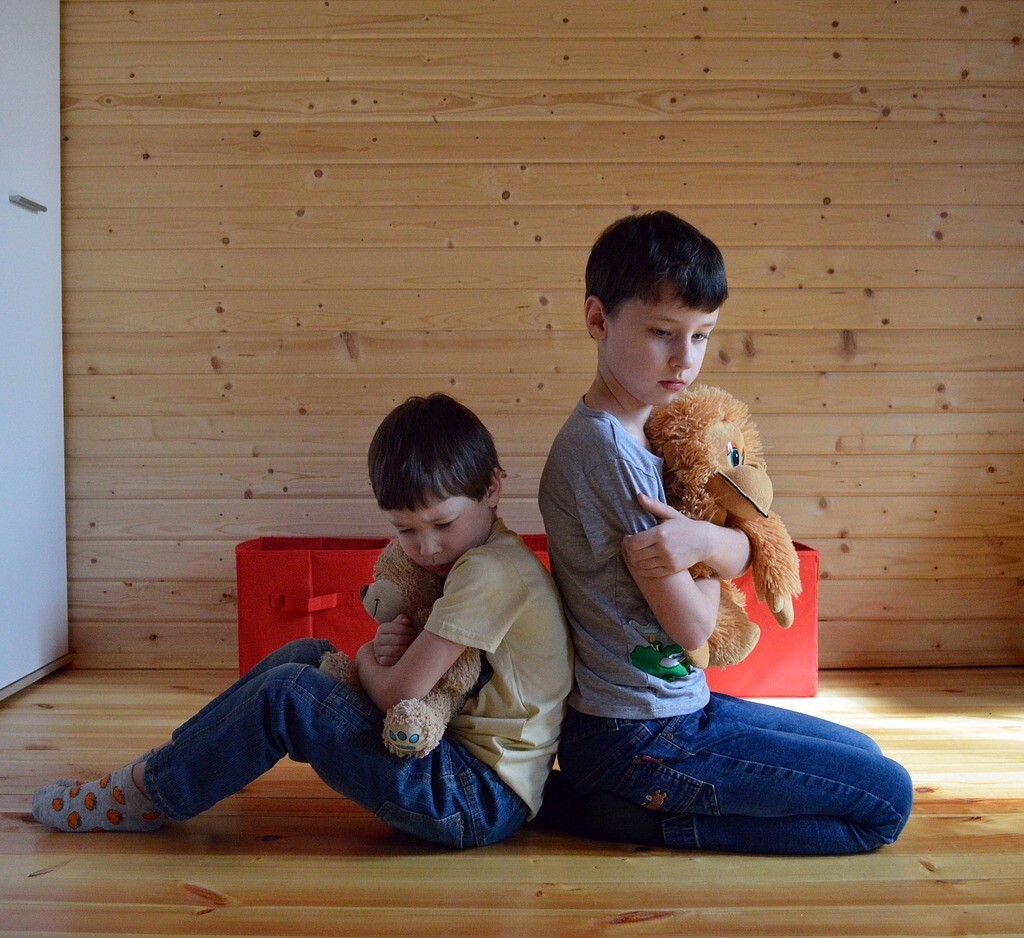The wound of injustice arises from early experiences that shape our emotional development, fostering perfectionism and self-criticism. Identifying its signs, such as emotional rigidity and difficulty asking for help, is essential to heal and refocus our beliefs toward self-care and self-compassion.
Perfectionism and the Wound of Injustice: Keys to Overcoming It
The feeling of having suffered a grievance is one of the deepest pains a human can experience. The silent complaint against injustice—real or perceived—erodes the trust we have in ourselves and others.
This wound often originates in childhood when excessive criticism, a cold environment, or a lack of recognition decisively marks a child’s emotional development. Today, many specialists agree that understanding this wound, as well as becoming aware of its signs, is the first step toward healing.
What is the Wound of Injustice?
This type of psychological wound arises when a person believes they are not receiving what they deserve or, even if they do, feels unworthy of it.
The problem often begins in the early years of life. During this stage, primary caregivers may be highly authoritarian or emotionally cold, failing to validate the child’s emotions or needs. Consequently, children begin to mold rigid and perfectionist behaviors in an effort to please those around them and avoid further criticism.
However, this emotional survival strategy comes at a high cost, as it leads to hyper-demanding behavior, fear of making mistakes, and an internal sense of emptiness.
How to Identify the Wound of Injustice
In adolescence and adulthood, those with this wound exhibit very characteristic attitudes and traits.
First, perfectionism becomes their guiding principle: they seek excellence in everything they do, even though they internally feel insecure.
Moreover, they tend to distrust their own decisions and avoid asking for help, as they see it as a sign of weakness. Similarly, physical and mental rigidity often manifests in their gestures and posture, showing an almost obsessive control over personal appearance and the organization of their surroundings.
It is also common for these individuals to limit their ability to enjoy themselves. They rarely allow themselves leisure or celebration without feeling the urge to complete a pending task. Thus, the wound of injustice reveals a pattern of self-punishment: if they receive something they did not “fight” to obtain, they may unconsciously find a way to lose or reject it.
In this way, they perpetuate the belief that they are only valuable when they demonstrate tangible results.
The Effects in Adulthood
The wound of injustice is not confined to the intimate or childhood sphere. On the contrary, it affects relationships with colleagues, friends, and family.
This drive for perfection can create workplace tensions, as people with this wound demand very high standards from both themselves and those around them. Additionally, difficulty forgiving mistakes—either their own or others’—fuels frustration and resentment. Meanwhile, denying their inner sensitivity leads them to appear hardened, which may be misinterpreted as coldness.
From a physical health perspective, emotional rigidity is often linked to joint pain, skin conditions, and circulatory problems. These ailments can somatize the constant stress they impose on themselves due to their internal pressure to achieve what they consider “perfect” or “correct.”
Paths to Healing the Wound of Injustice
First, it is essential to recognize that this wound stems from a demanding family environment where the child perceived their value as being more tied to their actions than to their inherent worth.
However, in adulthood, the responsibility for healing rests with each individual. Therefore, accepting one’s own sensitivity and need for support is a crucial step.
Working on Self-Compassion
Adopting a compassionate attitude toward oneself helps break the cycle of self-criticism. Keeping a journal to record moments of injustice—whether personal or external—assists in processing these episodes and understanding how the wound is perpetuated.
Allowing oneself to make mistakes opens the door to tolerance and reduces rigidity. Furthermore, recognizing that extreme perfectionism can harm relationships and health encourages adopting more balanced habits, such as dedicating time to rest, fun, or artistic expression.
* Asking for and Accepting Support*
Though it may seem simple, asking for help can be challenging for those who feel they must constantly prove their worth. Seeking therapeutic support, joining support groups, or even having conversations with trusted friends helps release emotional burdens.
Reframing Self-Perception
It is also useful to reevaluate childhood-formed beliefs. Labels like “I must be perfect” or “I can’t make mistakes” are often irrational and limiting. Questioning these beliefs, with the guidance of an expert in cognitive-behavioral therapy, promotes profound changes in self-image.
Cultivating Gratitude and Self-Care
Buying something nice without needing it, practicing meditation, or allowing oneself leisure time are gestures that reaffirm personal worth beyond achievements. Through gratitude, one learns to recognize themselves as deserving of good things without guilt.
Transform Your Emotions into a Source of Strength and Connection
The wound of injustice develops when a child grows up in an environment where affection is conditional, unattainable results are demanded, or feelings are minimized. Over time, this wound becomes deeply rooted in the personality and hinders emotional health.
However, its impact does not have to be permanent. A path of self-discovery that includes recognizing one’s own sensitivity, practicing flexibility, and seeking support helps heal these scars of the past. In fact, true strength lies not in denying one’s feelings but in accepting them honestly and using them to connect deeply with oneself and others.
The Most Common Soul Wounds
Not everyone experiences all five emotional wounds, but recognizing the ones that have impacted our lives requires humility and sincerity. Identifying them honestly is the first step toward healing.
If you find it difficult to recognize these wounds, it could be because you’ve built a “mask” to protect yourself from pain and avoid confronting it directly.





